Climate change infrastructure impacts extend far beyond the obvious threats of flooding, extreme temperatures, and severe storms. The most dangerous and least understood impacts occur in the soil and foundation systems that support all human infrastructure.
These subsurface impacts develop gradually over decades, making them nearly invisible until catastrophic infrastructure failure occurs.
What makes climate-driven soil changes particularly dangerous is that most infrastructure was designed for historical climate conditions that no longer exist and will never return.
The Hidden Climate Change Infrastructure Crisis
Climate change affects soil properties, groundwater conditions, and foundation stability in ways that threaten infrastructure systems worldwide. These impacts occur beneath the surface, making them difficult to detect until significant damage has occurred.
According to the IPCC Sixth Assessment Report, infrastructure faces escalating risks as climate change alters soil conditions, groundwater levels, and foundation stability.
Traditional infrastructure design assumes stable soil conditions based on historical data. Climate change invalidates these assumptions by creating soil conditions that exceed historical ranges.
The rate of climate-driven change exceeds the replacement cycle of most infrastructure, meaning that systems designed for past conditions must survive in dramatically different future environments.
Unprecedented Soil Condition Changes
Climate change creates soil conditions that infrastructure systems have never experienced during their design life. Precipitation patterns, temperature ranges, and groundwater conditions exceed historical parameters.
These changes affect soil strength, bearing capacity, and drainage characteristics in ways that compromise infrastructure stability. Traditional design approaches cannot account for the speed and scale of climate-driven changes.
Regional climate variations create complex patterns of soil change that require site-specific assessment and adaptation strategies.
Infrastructure Design Obsolescence
Most existing infrastructure was designed using climate data from the 20th century that no longer represents current or future conditions. Design standards based on historical extremes become inadequate as climate change creates new extreme conditions.
The expected service life of infrastructure often extends 50-100 years beyond original construction. Climate change ensures that these systems will face environmental conditions far outside their design parameters.
Retrofitting existing infrastructure for changed climate conditions often costs more than original construction while providing uncertain long-term performance.
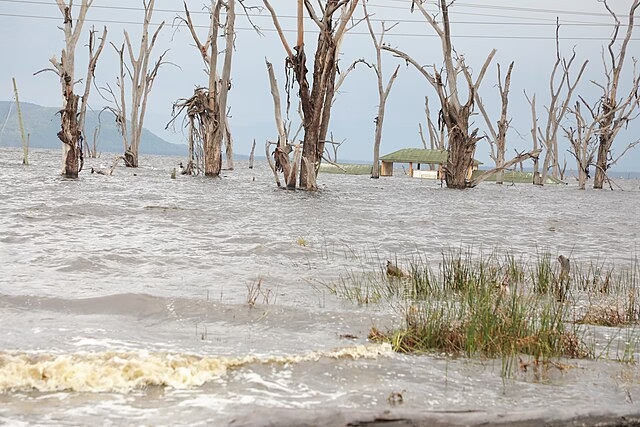
Precipitation Pattern Changes: The Foundation Destabilizer
Changing precipitation patterns create some of the most dangerous climate change infrastructure impacts by altering soil moisture conditions and groundwater levels that determine foundation stability.
Extreme Precipitation Events
Climate change increases both the frequency and intensity of extreme precipitation events worldwide. These events create soil saturation conditions that can trigger rapid infrastructure failure.
Extreme precipitation often overwhelms drainage systems designed for historical storm intensities. When drainage fails, concentrated water flow erodes soil around foundations and underground infrastructure.
The increased loading from saturated soil can exceed the bearing capacity of foundation systems, causing differential settlement that damages structures.
Extended Drought Conditions
Climate change also increases the frequency and severity of drought conditions that affect soil properties in dangerous ways. Extended drought causes clay soils to shrink, creating differential settlement patterns.
Drought-induced soil shrinkage can create gaps around foundation systems that compromise structural support. When precipitation returns, rapid soil expansion can damage foundations and utilities.
The alternating wet-dry cycles associated with climate change create particularly damaging conditions for infrastructure foundation systems.
Seasonal Precipitation Shifts
Changes in seasonal precipitation patterns affect groundwater recharge rates and soil stability throughout the year. Many regions experience concentrated precipitation seasons followed by extended dry periods.
These seasonal shifts create annual soil movement cycles that many infrastructure systems cannot accommodate. Buildings, roads, and utilities designed for more consistent soil conditions face accelerated deterioration.
Agricultural regions face particularly severe impacts as irrigation demands increase while natural soil moisture decreases.
Temperature Extremes: The Silent Infrastructure Threat
Rising temperatures and more frequent extreme temperature events create infrastructure stresses that develop gradually but ultimately threaten system-wide failure.
Soil Property Changes
Increased temperatures affect soil properties including strength, permeability, and chemical stability. These changes occur gradually over years or decades, making them difficult to detect without precision monitoring.
Higher soil temperatures can accelerate chemical reactions that weaken foundation materials. Organic soils face particular risks from temperature-induced decomposition that reduces bearing capacity.
Permafrost regions face the most dramatic soil property changes as permanently frozen soil thaws and loses all structural capacity.
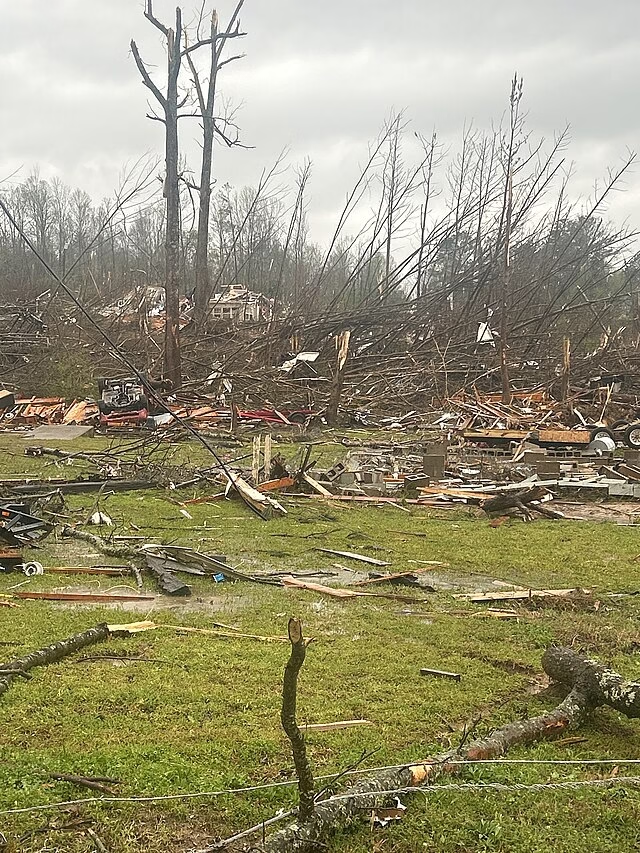
Thermal Expansion Impacts
Infrastructure systems face thermal expansion stresses that exceed original design parameters as temperature ranges increase. Roads, bridges, and buildings expand and contract more than design specifications allow.
Repeated thermal cycling accelerates infrastructure deterioration while creating maintenance requirements that exceed available resources. Underground utilities face particular stress from thermal expansion in confined spaces.
The cumulative effect of thermal cycling over decades can cause infrastructure failure even when individual temperature events remain within design limits.
Freeze-Thaw Cycle Changes
Many regions experience changes in freeze-thaw cycle frequency and intensity that affect infrastructure foundation stability. Increased freeze-thaw cycling accelerates concrete deterioration and soil movement.
Regions historically below freezing temperatures now experience periodic thawing that creates new infrastructure challenges. Conversely, some regions face more intense freezing that damages infrastructure designed for milder conditions.
The unpredictability of freeze-thaw conditions makes infrastructure design and maintenance planning extremely challenging.
Sea Level Rise: The Coastal Infrastructure Crisis
Coastal regions worldwide face infrastructure threats from sea level rise that extend far beyond obvious flooding impacts. Rising sea levels affect groundwater conditions and soil properties across large inland areas.
Groundwater Table Changes
Rising sea levels cause corresponding increases in coastal groundwater tables that affect soil conditions across extensive inland areas. These groundwater changes can extend miles inland from the coast.
Higher groundwater tables reduce soil bearing capacity while increasing soil loading on foundation systems. Many coastal infrastructure systems face foundation instability as groundwater conditions exceed design parameters.
Seasonal and tidal variations in groundwater levels create cycling loading conditions that accelerate infrastructure deterioration.
Salt Water Intrusion
Rising sea levels drive salt water intrusion into coastal aquifers and soil systems. Salt water exposure dramatically accelerates the deterioration of infrastructure materials including concrete and steel.
Salt water intrusion affects infrastructure systems that were never designed for salt exposure. The corrosive effects develop gradually but ultimately cause comprehensive system failure.
Coastal communities face the challenge of protecting infrastructure from salt water intrusion while maintaining access to fresh groundwater resources.
Coastal Erosion Impacts
Accelerated coastal erosion threatens infrastructure systems while altering regional geology and hydrology. Infrastructure designed for stable coastal conditions faces undermining as shorelines retreat.
Coastal erosion affects areas far from the immediate shoreline by altering drainage patterns and soil conditions. Regional planning must account for these widespread erosion impacts.
The rate of coastal erosion acceleration often exceeds the ability of communities to relocate or protect threatened infrastructure.
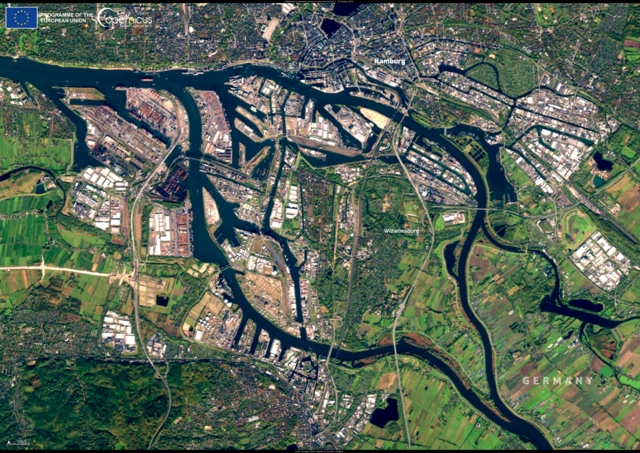
Agricultural Infrastructure: The Climate Change Frontline
Agricultural regions face some of the most severe climate change infrastructure impacts as farming communities struggle to maintain production while protecting infrastructure investments.
Irrigation Infrastructure Stress
Changing precipitation patterns increase irrigation demands while reducing water availability. Irrigation infrastructure faces loading conditions far exceeding original design parameters.
Increased pumping requirements stress groundwater extraction systems while potentially causing land subsidence that damages surface infrastructure. The competition for limited water resources creates economic pressures that defer infrastructure maintenance.
Agricultural communities often lack the financial resources necessary to upgrade infrastructure for changed climate conditions.
Drainage System Overload
Agricultural drainage systems designed for historical precipitation patterns cannot handle the intensity of modern extreme precipitation events. When agricultural drainage fails, extensive flooding damages crops and infrastructure.
The economic losses from drainage system failure often exceed the costs of agricultural production, threatening the viability of entire farming communities.
Upgrading agricultural drainage systems requires coordination across large areas and significant capital investment that many rural communities cannot afford.
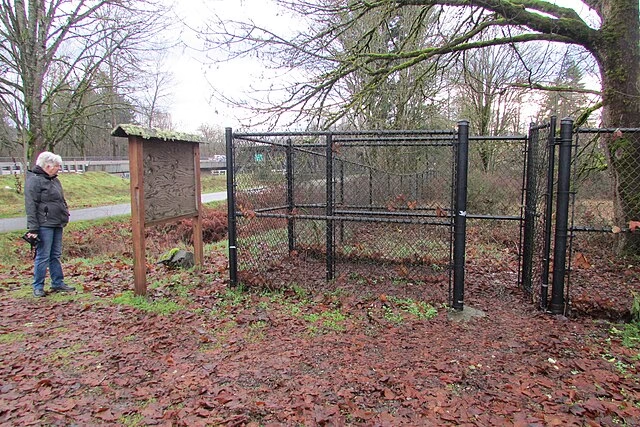
Rural Road Infrastructure
Rural roads provide essential access for agricultural operations while serving as evacuation routes during extreme weather events. These roads face increased loading from heavier agricultural equipment and more frequent extreme weather damage.
Rural road maintenance budgets often cannot keep pace with climate-driven deterioration rates. Failed rural roads isolate communities and disrupt agricultural supply chains.
The economic impacts of rural road failure cascade through entire regional economies.
Urban Heat Islands: The Amplified Climate Impact
Urban areas create heat island effects that amplify climate change impacts on infrastructure systems. These amplified effects create infrastructure challenges that exceed regional climate impacts.
Amplified Temperature Effects
Urban heat islands can increase local temperatures by 5-10°F above surrounding rural areas. This temperature amplification accelerates all temperature-related infrastructure deterioration processes.
Urban infrastructure faces thermal stresses that exceed even the most pessimistic climate change projections. The concentrated development in urban areas makes infrastructure replacement extremely expensive and disruptive.
Urban planning that ignores heat island effects underestimates the infrastructure investment necessary for climate adaptation.
Concentrated Precipitation Impacts
Urban development creates concentrated runoff during precipitation events that can overwhelm drainage systems. When urban drainage fails, the concentrated flows create erosion and flooding that damages extensive infrastructure systems.
Urban infrastructure density means that individual system failures cascade through interconnected systems, creating widespread disruption from relatively localized problems.
The economic costs of urban infrastructure failure affect entire metropolitan economies.
Case Study: Regional Climate Change Infrastructure Assessment
Consider a metropolitan region with 1 million residents experiencing typical climate change impacts: increased temperature extremes, changing precipitation patterns, and periodic drought conditions.
Surface infrastructure inspection reveals normal maintenance needs with some acceleration in deterioration rates. Transportation systems show increased thermal damage during summer months.
Conventional infrastructure assessment identifies the need for upgraded air conditioning and some road surface improvements.
But comprehensive climate change infrastructure investigation reveals concerning conditions:
Groundwater monitoring shows declining water tables during drought periods and rapid fluctuations during extreme precipitation events. Soil monitoring reveals increasing shrink-swell cycles that affect foundation stability.
Infrastructure settlement monitoring shows accelerating movement patterns that exceed design tolerances. Thermal monitoring reveals infrastructure temperature cycles that exceed design parameters.
Drainage system assessment shows capacity limitations that will cause widespread flooding during projected future precipitation events.
This comprehensive assessment provides the data necessary for systematic infrastructure adaptation rather than reactive maintenance.
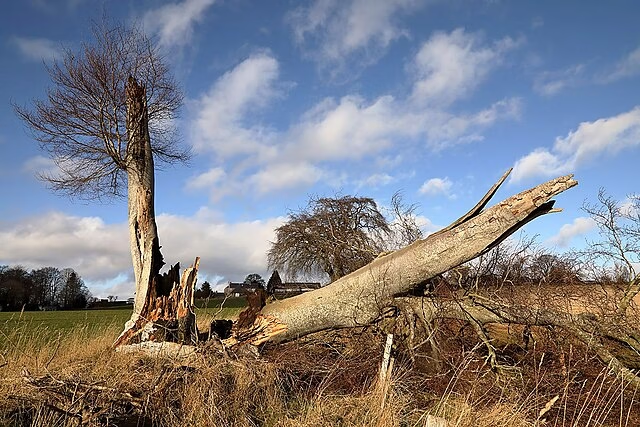
Infrastructure Adaptation Strategies
Effective climate change infrastructure adaptation requires comprehensive approaches that address both immediate vulnerabilities and long-term climate projections.
Prioritized Vulnerability Assessment
Infrastructure adaptation programs should begin with systematic vulnerability assessment that identifies the most critical climate risks. This assessment should consider both the likelihood of climate impacts and the consequences of infrastructure failure.
Vulnerability assessment should address the interconnected nature of infrastructure systems where failure in one system can cascade through entire networks.
Community input should inform vulnerability assessment to ensure that adaptation programs address local priorities and constraints.
Adaptive Design Standards
New infrastructure should incorporate climate projections and uncertainty into design standards. Adaptive design approaches should provide flexibility to accommodate changing conditions over infrastructure service life.
Design standards should account for climate change uncertainty by incorporating safety factors that address potential future conditions.
International best practices should inform adaptive design standards while accounting for local climate conditions and community resources.
Monitoring and Early Warning Systems
Climate change infrastructure adaptation requires continuous monitoring systems that track changing conditions and provide early warning of potential failures.
Monitoring systems should integrate climate data with infrastructure performance to enable predictive maintenance approaches.
Early warning systems should provide sufficient advance notice to enable protective actions that prevent infrastructure failure.
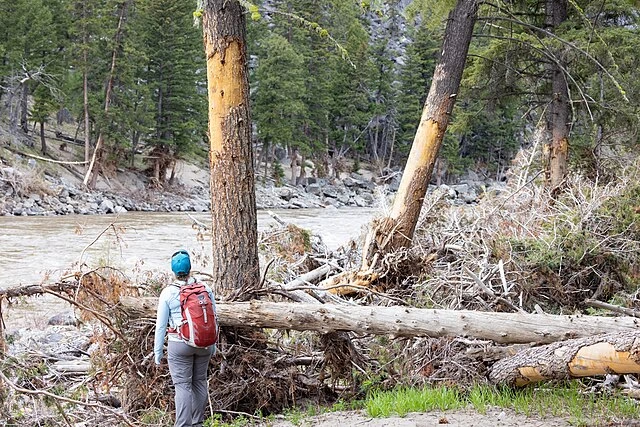
Regional Planning for Climate Infrastructure Resilience
Climate change infrastructure impacts cross political boundaries and require regional coordination for effective adaptation.
Watershed-Scale Planning
Climate change affects hydrology at watershed scales that typically encompass multiple communities. Effective adaptation requires planning at watershed scales that address regional water management.
Watershed planning should coordinate infrastructure investments to maximize regional resilience while avoiding unintended consequences for neighboring communities.
Regional cooperation enables infrastructure solutions that individual communities could not afford independently.
Economic Coordination
Climate change infrastructure adaptation requires investment levels that exceed the capacity of individual communities. Regional economic coordination can enable cost-sharing approaches that make adaptation financially feasible.
Regional coordination should address equity concerns to ensure that all communities receive adequate infrastructure protection regardless of local economic capacity.
Long-term economic planning should consider the costs of adaptation versus the costs of infrastructure failure and community displacement.
International Climate Infrastructure Initiatives
Leading nations worldwide have implemented climate change infrastructure adaptation programs that demonstrate effective approaches to protecting infrastructure systems.
Netherlands Climate Infrastructure Program
The Netherlands has implemented comprehensive climate infrastructure adaptation that addresses sea level rise, increased precipitation, and temperature extremes. Their approach integrates multiple infrastructure systems for coordinated protection.
The Dutch program demonstrates that systematic infrastructure adaptation is technically feasible and economically beneficial compared to reactive disaster response.
International cooperation enables knowledge transfer that accelerates adaptation program development worldwide.
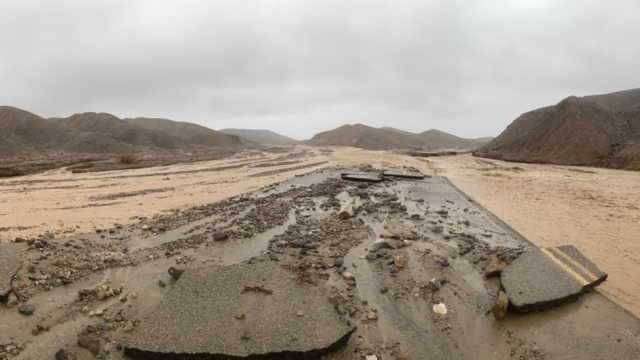
Singapore’s Climate Resilience Strategy
Singapore has developed comprehensive climate infrastructure resilience strategies that address urban heat island effects, extreme precipitation, and sea level rise. Their approach integrates infrastructure planning with economic development.
Singapore’s success demonstrates that small nations can implement effective climate infrastructure adaptation through systematic planning and international cooperation.
The Economics of Climate Infrastructure Adaptation
Climate change infrastructure adaptation requires significant upfront investment but provides substantial long-term economic benefits through avoided disaster costs and maintained economic productivity.
Cost-Benefit Analysis
Comprehensive economic analysis consistently shows that climate infrastructure adaptation provides 3-10 times return on investment through avoided disaster costs and maintained economic activity.
The economic analysis should account for co-benefits of infrastructure adaptation including improved public health, environmental protection, and economic development opportunities.
Long-term economic planning should consider the escalating costs of delayed adaptation as climate change impacts accelerate.
Financing Mechanisms
Climate infrastructure adaptation requires innovative financing mechanisms that can mobilize large-scale investment over multi-decade timeframes.
Public-private partnerships can leverage private sector expertise and resources while ensuring that adaptation serves public interests.
International climate financing can provide resources for adaptation in developing nations that lack sufficient domestic investment capacity.
Conclusion: Building Climate-Resilient Infrastructure Foundations
Climate change creates infrastructure challenges that exceed the design parameters of existing systems while threatening new infrastructure investments. The subsurface impacts of climate change represent the most dangerous and least understood threats to infrastructure stability.
Traditional infrastructure approaches that rely on historical climate data cannot address the speed and scale of climate-driven changes. Comprehensive climate change infrastructure adaptation requires precision investigation, continuous monitoring, and systematic upgrade programs.
Communities that implement proactive climate infrastructure adaptation will maintain economic productivity and protect residents while those that continue reactive approaches will face escalating disaster costs and potential displacement.
The choice facing infrastructure managers worldwide is clear: invest in climate adaptation now, or pay the much higher costs of climate-driven infrastructure failure. The technology and knowledge exist today to build climate-resilient infrastructure.
Climate change is literally changing the ground beneath our feet. It’s time to ensure our infrastructure can survive on the foundations that climate change is creating.
FAQs About Climate Change Infrastructure
What is climate change infrastructure risk?
Climate change infrastructure risk refers to how changing weather patterns, temperatures, and sea levels affect the stability and safety of roads, bridges, buildings, and other structures.
Why does climate change affect soil and foundations?
Climate shifts change soil moisture, temperature, and groundwater conditions, weakening foundations and leading to subsidence, erosion, or flooding damage.
How can we protect infrastructure from climate change?
Modern solutions include precision soil investigation, updated engineering standards, and proactive climate adaptation planning to secure critical infrastructure against future conditions.
Read other episodes in the Hidden Foundations series:
Episode 1: The 1-Meter Blind Spot: Uncovering Hidden Threats to Infrastructure Safety
Episode 3: Railway Safety: Hidden Dangers Beneath Tracks and the Future of Rail Infrastructure
Episode 5: Heritage Site Preservation: 5 Ways Non-Invasive Investigation Protects Cultural Treasures
Episode 6: Climate Change Infrastructure: 7 Critical Soil Threats Endangering Global Stability
Episode 7: Agricultural Soil Health: How Subsidence and Degradation Threaten Global Food Security
Episode 8: Infrastructure Economics: Why Disaster Prevention Always Pays
Episode 9: Infrastructure Disasters: How Precision Investigation Prevents Repeated Tragedies
Episode 10: Future Infrastructure: How Smart Technology Creates Self-Monitoring Safety Systems
